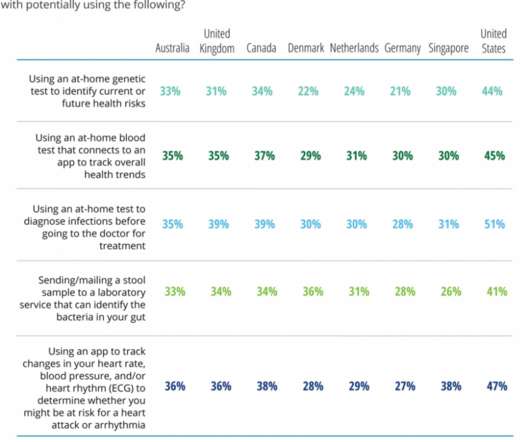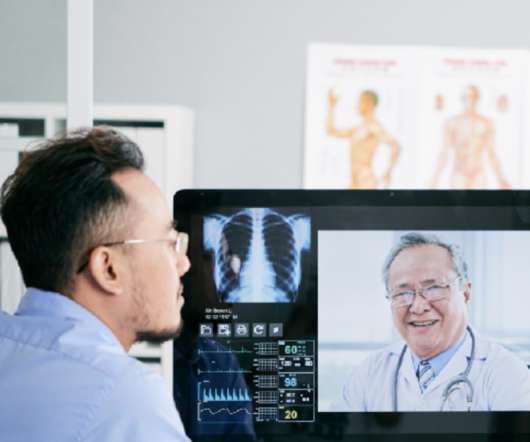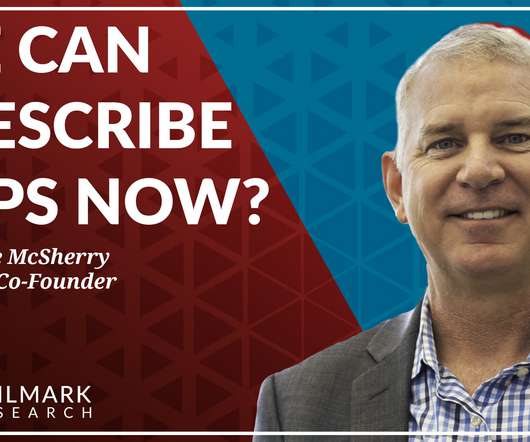The COVID-19 Era Has Grown Health Consumer Demand for Virtual Care
Health Populi
NOVEMBER 9, 2020
Over one-half of Americans would likely use virtual care for their healthcare services, and one in four people would actually prefer a virtual relationship with a primary care physician, according to the fifth annual 2020 Consumer Sentiment Survey from UnitedHealthcare.















Let's personalize your content